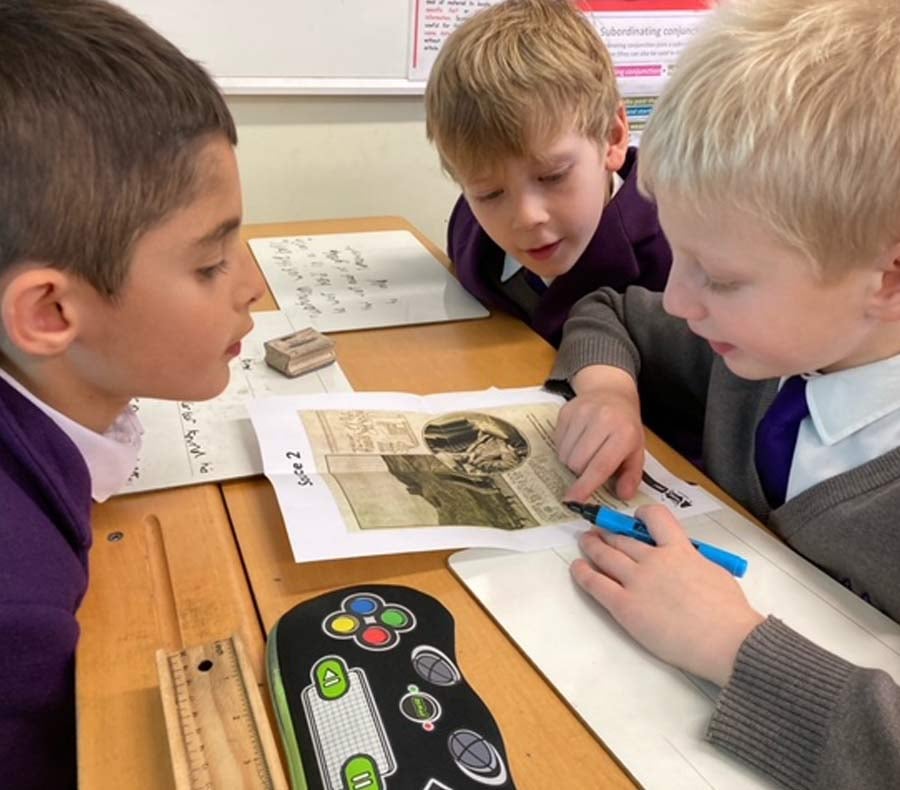Case Studies / Moor Allerton Preparatory School
Moor Allerton Preparatory School
Using Insight to support high aspirations
(InCAS has now evolved into Cambridge Primary Insight)
Find out more
Moor Allerton Prep School is a small and well-established school in South Manchester, UK, providing a high-quality education to around 200 pupils aged 6 months to 11 years old and prides itself on ensuring pupils are happy while achieving excellent results.
Thomas Armstrong, Year 6 Classroom Teacher and Head of Data and Assessments, explains how Moor Allerton uses data from Cambridge Primary Insight (previously InCAS) across Years 1 to 6, to support high aspirations, track progress and ensure students are well prepared for their next steps in their academic journey.
Why use Cambridge Insight assessments?
“We use ASPECTS and BASE with our pupils in Nursery and Reception, and then we use InCAS (now Cambridge Primary Insight) with all pupils each year in Years 1 to 6.
“It’s so easy to use Insight and it gives us information about the pupils that we can use for planning and learning, and it supports both teachers and leadership. Getting an objective picture can really help to inform the next steps as well as to have conversations with the parents.”
Insight really works for us because it’s so quick and so easy to use, and it gives us a clarity of where the pupils are before they start the new school year, or just as they're starting.”

Seeing the bigger picture
“One of the things that is really good about Cambridge Primary Insight is that you can do it at any time of the year, but we like to assess all our pupils at the end of each year and use the information in the pass-up folder to help the next year’s teacher to understand the pupils they will be teaching.
“We take a couple of mornings to assess pupils across the whole school with all of the modules which covers areas like reading and maths. With independent and automatic marking from the assessments, it underlines the veracity of the scores.
“Then at the beginning of the new school year, we share the information firstly with the leadership team looking at the areas where we can see strengths and weaknesses, and which year groups might need more support. I love the fact that Insight gives you a visual picture of where each year group is – it’s really good to just get the bigger picture.”
Informing teacher planning
“We share the data with the teachers, looking at what it tells us about their new classes. We analyse the data together in steps:
- We look at the standardised scores table that shows the results for reading and maths results.
- Then we check the breakdown of the modules, for example in reading you get a score for word recognition, word decoding, comprehension and spelling, and we look at what that tells us about which areas are strong or weak.
- Then we look at individual pupils and identify who is performing well above or well below expectation.
- The teachers then have collaborative planning sessions and are able to put an action plan in place for the coming term and identify which pupils they are targeting, or which topics they need to target.”
Tracking progress
“It’s really good to have the data at the start of the year and we do other assessments throughout the year. We get the action plans out and look back on the data and dissect where weaknesses were indicated, evaluate how far they have improved and see what has been working or decide whether we need to change anything.
“We also enroll students during the year and, because you can use it at any point in the year, it means we can assess them as soon as they arrive in school.”

Supporting conversations with parents
“The reports also give you age-related scores, so you can see if a pupil is performing above, below, or as expected for their age, which is really helpful when talking to parents. They can help to reassure parents, or sometimes flag up issues that they might not have been aware of.
“Insight really works for us because it’s so quick and so easy to use, and it gives us a clarity of where the pupils are before they start the new school year, or just as they're starting.”

Sharing best practice
Thomas’ top tips when working with Cambridge Insight data are:
Take time to break the data down and understand what it’s telling you about the pupils.
Share the data with teachers and make sure they are confident using it as a tool to inform.
Don’t panic about anomalies – a pupil can’t obtain an artificially high score, but there can be a range of reasons why their scores might be low. Use other data to decide if you need to resit a module.
Want to know how Cambridge Insight data can help in your school?
Find out more Cambridge Primary Insight

